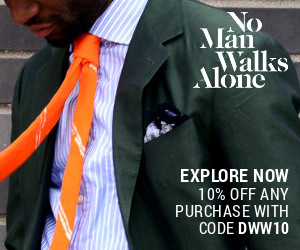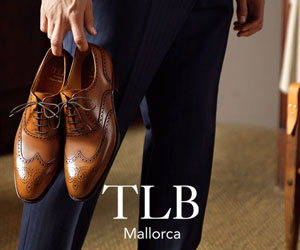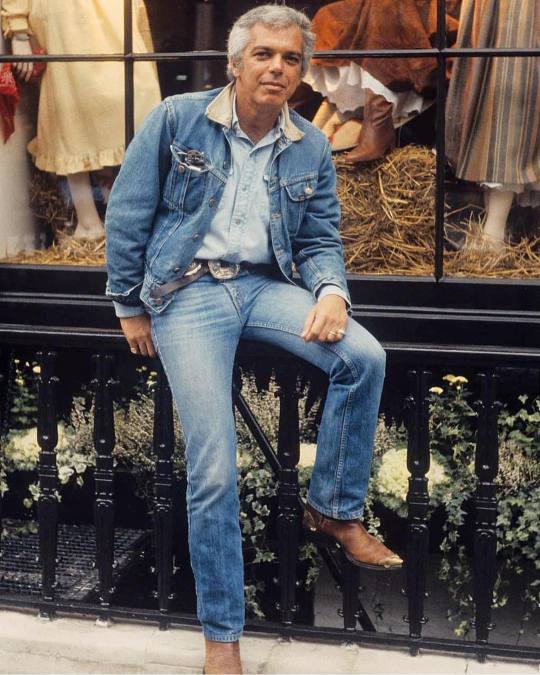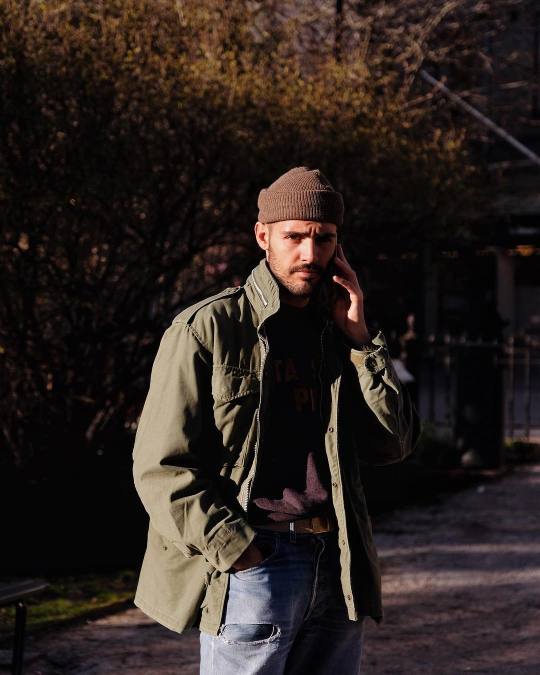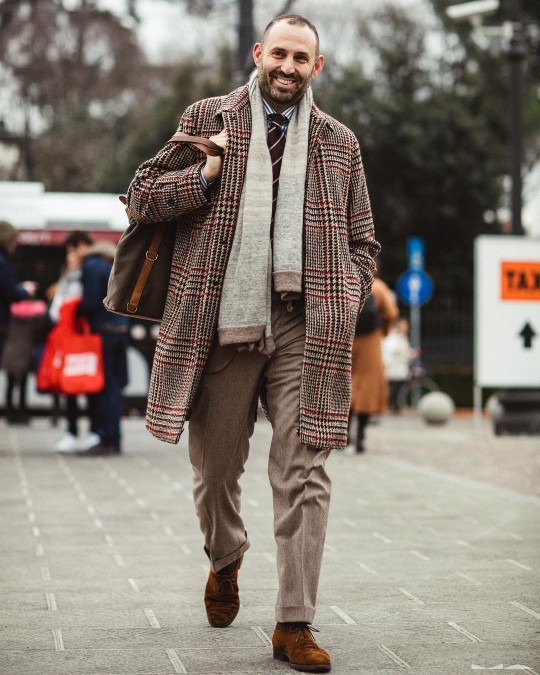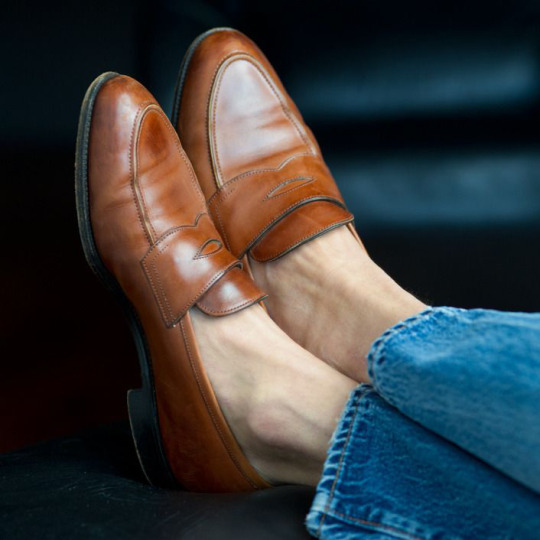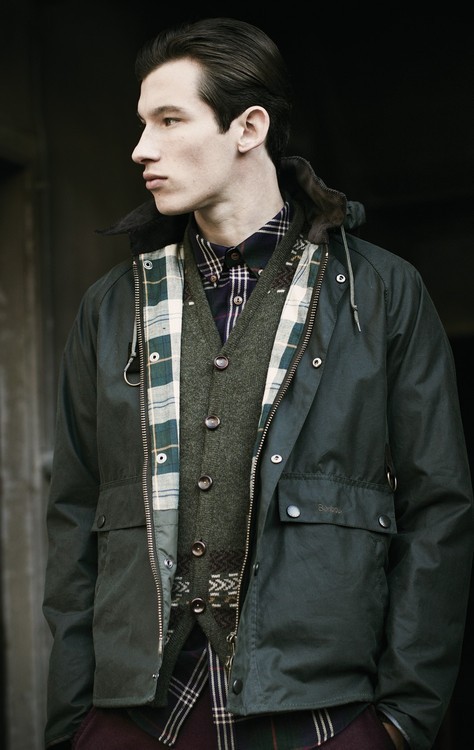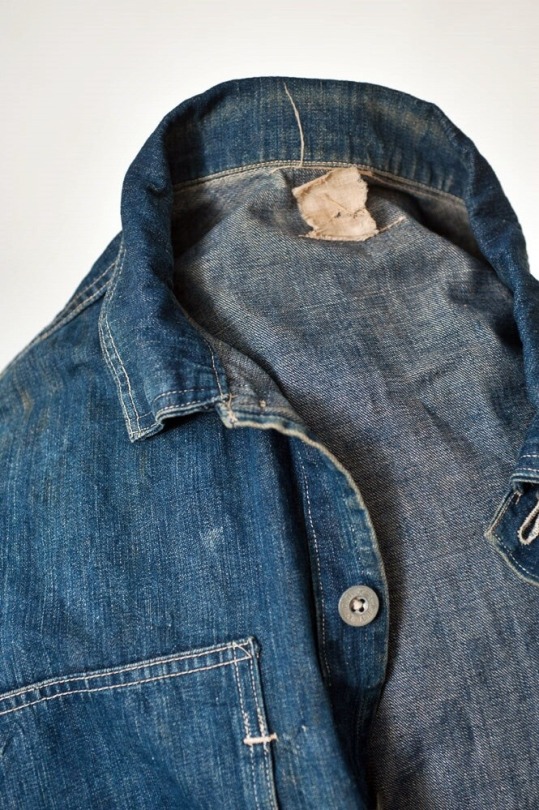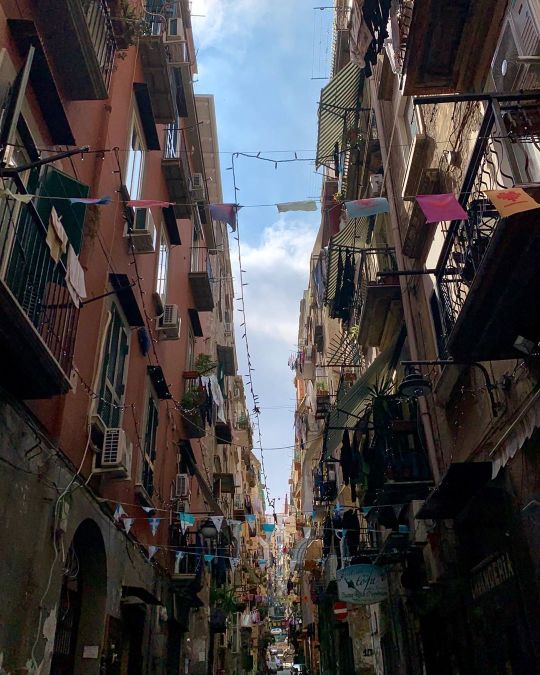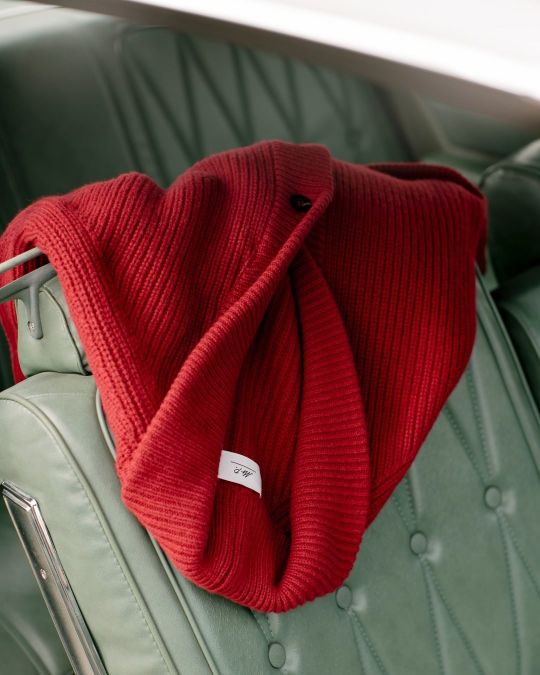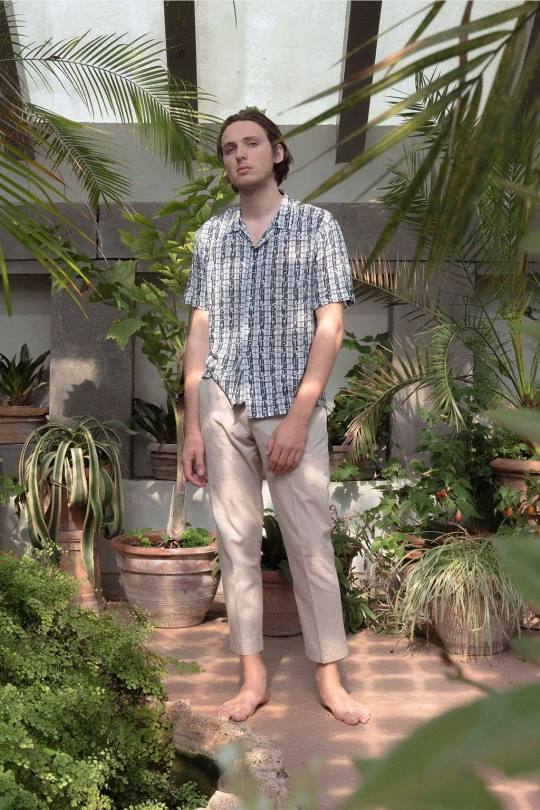
The Talented Mr. Ripley, the film version and not the book, opens with a brilliantly economical line about clothes. Matt Damon, as the film’s anti-hero Tom Ripley, borrows a Princeton jacket from a friend while working as as a piano player at a party. The Ivy League jacket ends up getting him the attention of a wealthy shipbuilder, who thinks that Tom went to Princeton with his son Dickie. He sends Tom away to Europe, hoping Tom can convince his ne'er-do-well son to come back home from southern Italy. Having left his bleak Manhattan life, however, Tom becomes enraptured by Dickie’s charming dilettante lifestyle. So he strikes up a Faustian bargain and steals it. “If I could just go back … if I could rub everything out … starting with myself, starting with borrowing a jacket,” Tom silently dreams to himself at the beginning of the film. And doesn’t Tom’s line neatly sum up what we all wish for when we purchase a new jacket or pair of shoes? The fantasy that it’ll somehow magically transform our mundane lives? (Well, maybe without the murderous crime.)
The film is important to fashion in other ways. Every summer, men reference Anthony Minghella’s chilling thriller as one of their favorite sources for warm weather style inspiration. The Talented Mr. Ripley captures the feeling of being young and carefree, not unlike the films of French New Wave, but with more of a la dolce vita vibe and touristy idyllic scenes of a sun-drenched 1950s Italy. It’s a hypnotic, voluptuously beautiful film with tons of references to menswear cliches: inherited wealth, Ivy League education, and an impossibly glamourous lifestyle in an Italian seaside town.
For that Dickie Greenleaf vibe, even if not its literal look, you can turn to Joyce. The relatively new brand offers the same laid-back, vacation style that defines the film. Their clothes are loosely cut, retro-inspired, and pair well with tortoiseshell sunglasses and well-mixed martinis. The company even has the same America-to-Italy backstory. The idea for the brand was first seeded when John Walters, the company’s founder, was working as a product designer in New York. However, it didn’t materialize until Walters visited his girlfriend in Florence, Italy (where they now both live). Today, it’s based out of their Florentine studio, while product fulfillment takes place out of Indian Wells, California. “Stylistically, our online visuals reference a lot of Pink Floyd’s earlier works, as well as some of Alain Delon’s films, such as Purple Noon and The Swimming Pool,” says Walters. “Aside from that, we also get a lot of our style inspiration from traveling.”
Keep reading

